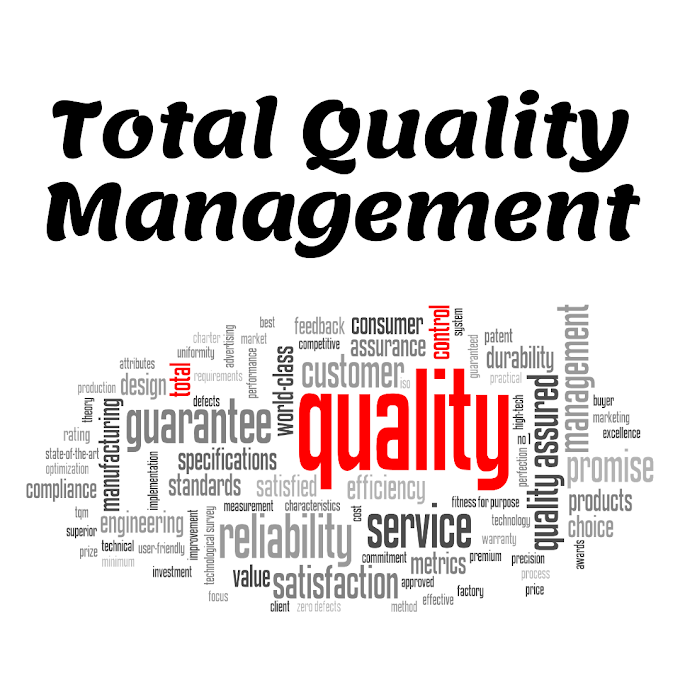SWAYAM NPTEL IOT
Week 05: Assignment 05
All answers are given Below!
1) Lumada is an IoT platform with advanced AI-based analytics. Which of the following companies created Lumada?.
(a) Boeing
(b) Hitachi
(c) Amazon
(d) Google
2) Which type of reference architecture for IIoT enables quick device-to-device integrations, automated data delivery of applications within the buses, isolation of hierarchical subsystems, and integrations of sensors and actuators ??
(a) Three-tier IIoT architecture
(b) Layered Databus IIoT architecture
(c) Gateway-based IIoT architecture
(d) Virtual IIoT architecture
3) Values for customer segments in a Business Model can be categorized as ___________.
(a) Qualitative
(b) Quantitative
(c) Both a and b
(d) None of the above
4) Which of the following properties is/are part of the Outcome-based Business Model ?
(a) Customers are relieved from the responsibilities of ownership and maintenance.
(b)Businesses deliver to the customer the outcome that the product/service provides.
(c) It reduces the negotiation cycle.
(d) All of the above
5) In which of the business models does businesses virtually consolidate and share their IoT-enabled assets among multiple customers or with other business entities in exchange of revenue?
(a) Asset-Sharing Model.
(b) Outcome-based Model.
(c) Subscription Model.
(d) None of the above
6) What is/are the challenges of implementing IoT-as-a-Service?
(a) Product compatibility
(b) Better customer relation
(c) Reduced licensing cost
(d) None of the above
7) Platform-as-a-Service is a type of_______________.
(a) Cloud-based IIoT business model
(b) Service-oriented IIoT business model
(c) Process-oriented business model
(d) None of the above
8) What is/are the challenges(s) of IIoT business model?
(a) Lack of interoperability
(b) Data privacy and security
(c) Increased cost
(d) All of the above
9) Which one of the following is/are core competency(ies) of the Cloud-based IIoT business model?
(a) Platform
(b) Data
(c) Software infrastructure
(d) All of the above
10) Which of the following defines IIRA?
(a) It is a standard architecture for IIoT systems
(b) It is a business model for IIoT
(c) It is a factory manufacturing IoT products
(d) It is the fourth stage of the Industrial Revolution
11) What is the function of leading KPI?
(a) Leading KPI is used to predict the economy
(b) Leading KPI is used to measure the changes in economy after it has begun
(c) Leading KPI is used as a technical indicator of the economy after it has begun
(d) Leading KPI captures the number of fatalities for OSH
12) What is Industrial Internet Consortium?
(a) A for-profit organization for promotion of open standards
(b) A non-profit organization for promotion of open standards
(c) A software platform
(d) All of the above
13) Which of the following is/are not part of the IIRA Framework?
(a) Stakeholder
(b) Viewpoint
(c) Architecture Frame
(d) Position Frame
14) How many viewpoints are there in the IIRA?
(a) 6
(b) 4
(c) 5
(d) 3
15) What is Role in context of the Usage viewpoint of IIRA?
(a) Describes the functional component of the task maps.
(b) Coordination of specific tasks
(c) Set of capacities assumed by an entity or organization
(d) All of the above
The answers to the questions are:
1) (b) Hitachi
2) (b) Layered Databus IIoT architecture
3) (c) Both a and b
4) (d) All of the above
5) (a) Asset-Sharing Model
6) (a) Product compatibility
7) (a) Cloud-based IIoT business model
8) (d) All of the above
9) (d) All of the above
10) (a) It is a standard architecture for IIoT systems
11) (b) Leading KPI is used to measure the changes in the economy after it has begun
12) (b) A non-profit organization for the promotion of open standards
13) (d) Position Frame
14) (c) 5
15) (c) Set of capacities assumed by an entity or organization.




